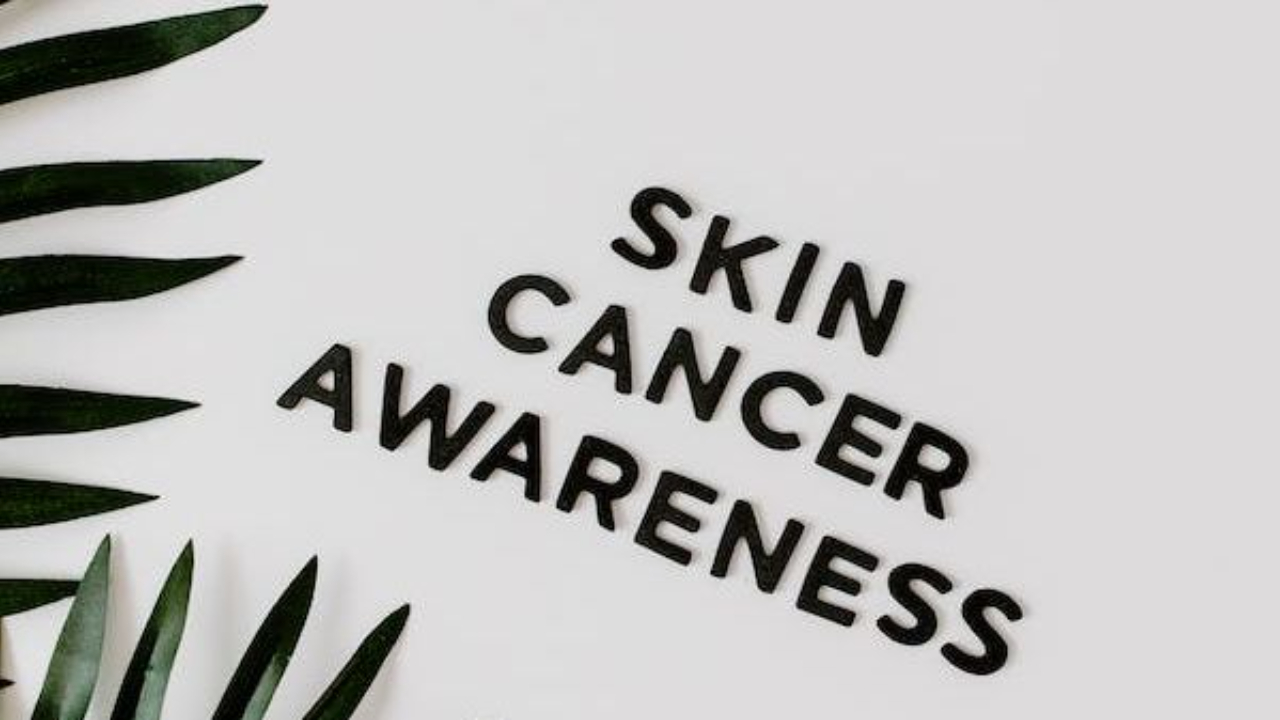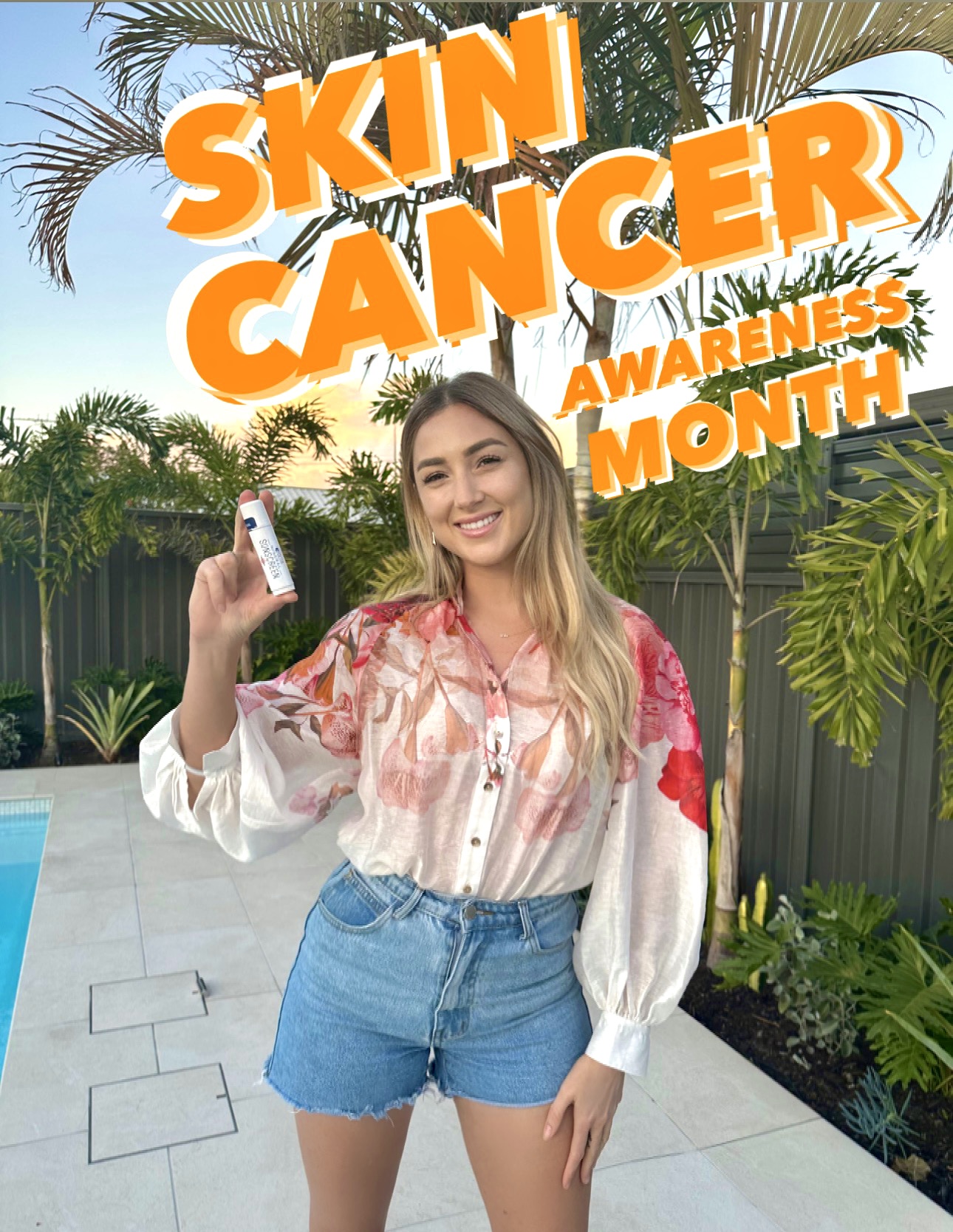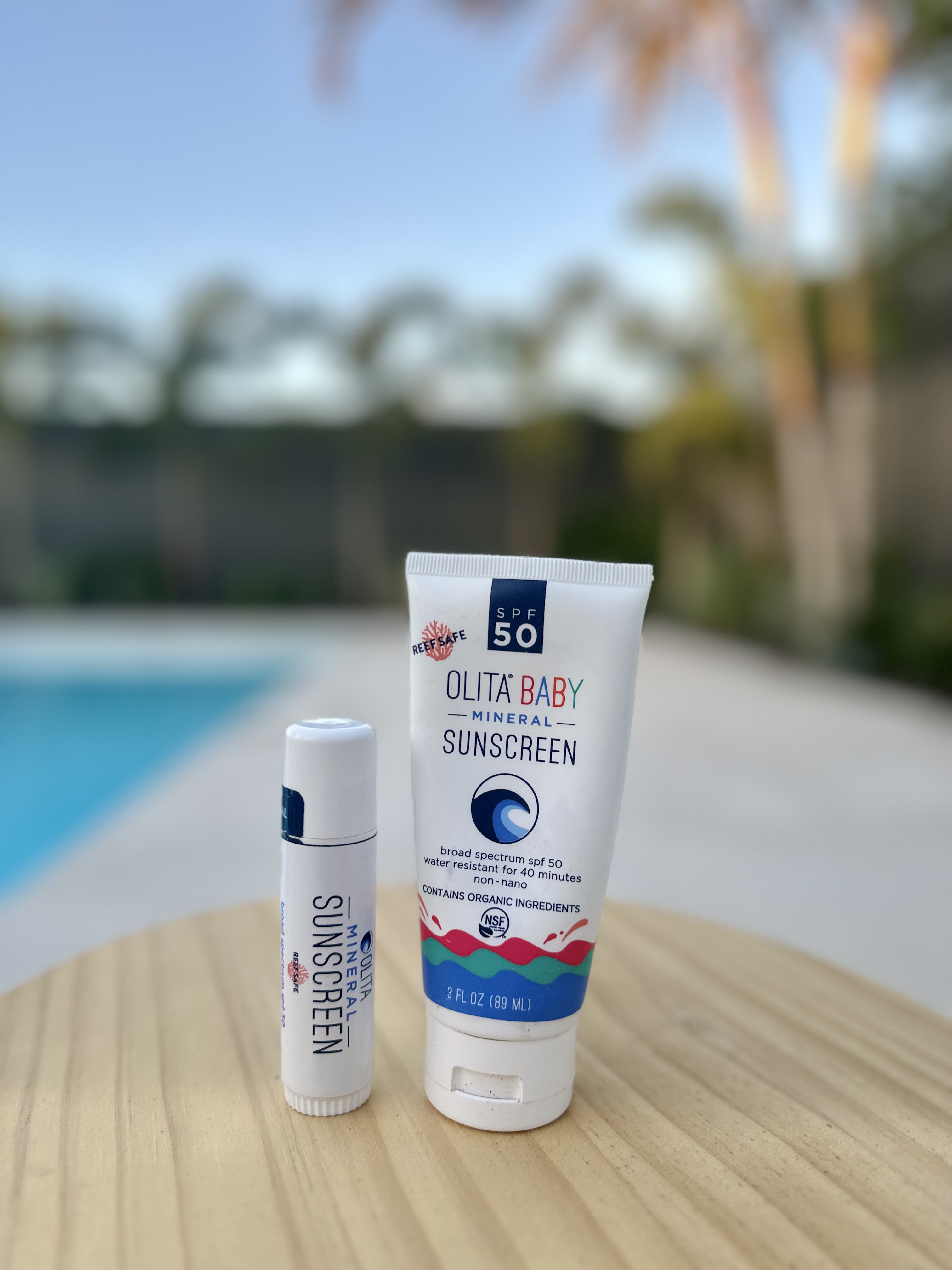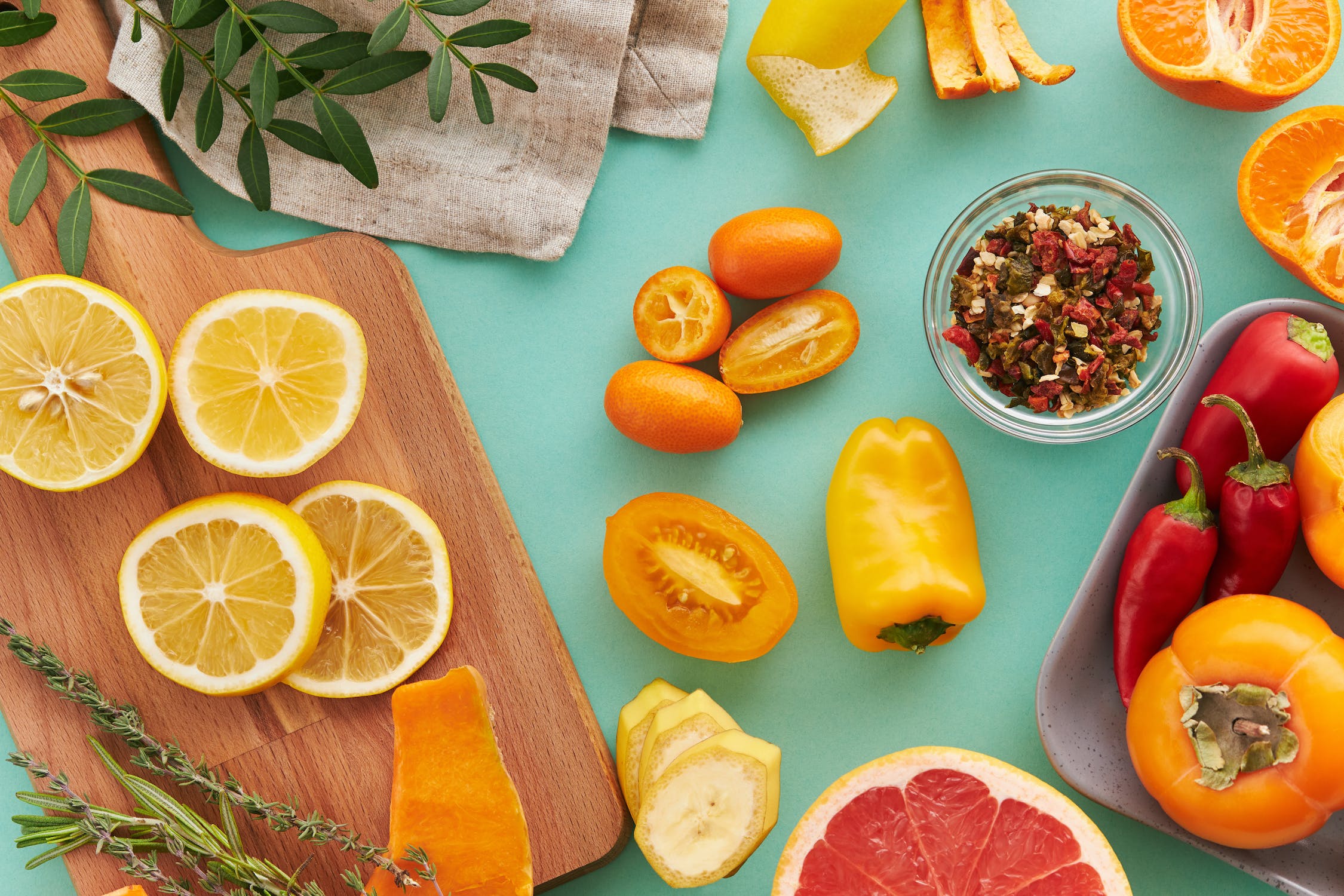Natural Ways to Prevent and Heal Skin Cancer for Skin Cancer Awareness Month
May 15, 2023
May is Skin Cancer Awareness Month. Unfortunately, skin cancer is America's most common cancer. Fortunately, it is said to be the most curable if caught at early stages and is also the most preventable. Prevention is key and we can all do what it takes to look after our skin.
Disclaimer: Being a nutritionist who believes in a functional approach, I will always let my clients know the Best Foods to Eat for prevention and healing. Please note these can assist with your treatment, and as always check with your doctor before consuming any of these foods.
There are three main categories of skin cancer: squamous cell carcinoma, basal cell carcinoma, and melanoma. Rarer types are Merkel cell tumors and dermatofibrosarcoma protruberans.
Conventional Treatments1
For basal cell carcinoma: Treatment may include topical creams or surgery.
For melanoma: Treatment may involve surgery, radiation, medication, or chemotherapy.
For squamous cell carcinoma: Treatment may include topical creams or surgery.
Alternative and Complementary Treatments
Eggplant extract. A study published in International Journal of Dermatology (2011) demonstrates that a cream, now marketed as Curaderm BEC5, which contains a 0.005 percent concentration of solasodine glycosides—phytochemicals derived from eggplant—is a safe and effective topical therapy for early stage basal cell and squamous cell carcinomas.2 In fact, it appears to eliminate most non-melanoma skin cancers in several weeks’ time. In The Eggplant Cancer Cure, the cream’s developer, Bill E. Cham, Ph.D., who has been working with eggplant-extracted compounds since the 1970s, details his discovery and testing processes.3 Unlike conventional skin cancer treatment, which often involves surgery, the cream leaves no scars or visible signs that a tumor or lesion was ever present. “The eggplant extract is exceptionally safe and only kills cancerous cells, leaving healthy cells untouched, and causes only minor side effects, such as itching and burning,” reports Joseph Mercola, D.O., on his blog.4
Myrrh essential oil. For millennia, myrrh essential oil (EO) has been used to treat a wide range of diseases, including dry, chapped, and aging skin. It was used by the ancient Egyptians to embalm mummies and its highly antioxidant properties make it good for treating inflammation and for wound care. Ancient Greek soldiers took it into battle to treat bleeding injuries. Myrrh EO is easily applied to the skin mixed with a carrier oil, such as coconut, jojoba, almond, or grapeseed oil. You can also safely apply a few drops neat directly to the site of a skin cancer. Myrrh EO is steam distilled from the resinous sap of the Commiphora shrub that grows in the Middle East and northern Africa. It is harvested not unlike how sap from sugar maple trees is collected before it is made into syrup.
Frankincense essential oil. Like myrrh EO, frankincense EO can be applied directly to the skin neat or diluted with a carrier oil to help relieve skin cancer symptoms. Many researchers have been studying its effects on different kinds of cancers in recent years—everything from bladder to ovarian cancer. A 2013 in vitro study (meaning, testing of the cell cultures took place in petri dishes rather than on living human subjects) published in Oncology Letters found that the use of frankincense and myrrh EO on cancerous basal cells seems to encourage the apoptosis, or cell death, of these skin cancer cells. While producing promising results, the researchers noted that further studies are needed.5
Home Remedy: Coconut Oil Rub
Coconut oil contains several saturated fats (including 9 percent palmitic acid) that are known to selectively kill damaged skin cells.6 Make a paste with 1 cup of coconut oil and the dry contents of:
3 3-milligram melatonin capsules
3 5,000-IU vitamin D capsules
2 500-milligram green tea capsules
2 500-milligram pomegranate capsules
Rub this paste once or twice a day gently into the skin on and around your skin cancer lesions.
Best Foods to Eat
Registered dietician and skin cancer survivor Anne Cundiff says: “They found my malignant melanoma early enough for it to be treated with surgery. Along with skin checks every six months, I have promised to take better care of my skin by wearing at least 30 SPF sunscreen at all times, staying out of the tanning bed, and increasing my consumption of lycopene-rich foods to help keep my skin cells plump and happy. I hope you do, too.”7 She explains: “This powerful antioxidant found in reddish-colored fruits tends to act as a natural sunscreen, providing an SPF of 3 or 4 from the inside out. In addition, lycopene helps your skin act as a natural filter, allowing enough sunlight through for your body to produce vitamin D.”8
To prevent or fight skin cancer, try preparing meals that contain:
• For beta-carotene: carrots, kale, mango, spinach, squash, sweet potato.
• For epigallocatechin gallate (ECGC) and polyphenols: cacao, garlic, green and black tea, oregano, rosemary, thyme.
• For lutein: collard greens, kale, spinach.
• For lycopene: apricot, guava, ruby red grapefruit, tomato, watermelon.
• For selenium: Brazil nuts and some meats.
• For vitamin A: sweet potatoes and eggs
• Cruciferous veggies: broccoli, Brussels sprout, cauliflower, cabbage, kale
Doctrine of Signatures: Eat yellow onion, as its many layers resemble the structure of skin.
Try These Skin Cancer Recipes in my book Cancer Free with Food
· Vegan Curry
· Cauliflower Rice
· Green Juice
· Chocolate Smoothie
· Walnut Meatballs
· Superfood Kale Salad
Possible Causes for Skin Cancer
According to the National Cancer Institute (United States), skin cancer may come from9:
• Exposure to environmental toxins and chemicals.
• Toxic beauty products, household cleaners, and sunscreen. (Yes, it’s ironic. Even sunscreen often contains harmful ingredients!)
• Alcohol.
• Smoking.
• Poor diet.
• Sedentary lifestyle.
• Not enough vitamin D. (Just as too much sunlight can be bad for you, not enough exposure to the sun, or other sources of vitamin D, is also harmful.)
• Certain viruses and bacteria.
• Exposure to sunlight and artificial UV light (such as from tanning beds) over a long period of time.
• Having a light complexion: fair skin that freckles or burns easily or tans poorly.
• Having actinic keratosis, a type of potential precancerous lesion.
• Past radiation treatments.
• A weakened immune system.
• Genetic predisposition.
• Arsenic exposure.
Mental, Emotional, and Spiritual Healing
Possible Emotional Causes: buried guilt and shame, lack of self-acceptance, anxiety, embarrassment, fear and feeling attacked.
Healing Affirmations: Repeat these affirmations throughout the day.
· “The past is in the past, it is forgiven and forgotten.”
· “I accept myself.”
· “I am safe and protected.”
· “I am free, joyful, peaceful, and loving in this moment.”
Energy Healing Technique: Breathe light into your crown chakra. Chant the sound of “Om” or “Eee.”
Five Steps to Prevent Skin Cancer
1. Eat foods rich in lycopene to replenish skin cells (see “Best Foods to Eat” above). This powerful antioxidant found in reddish-colored fruits tends to act as a natural sunscreen, providing an SPF of 3–4 from the inside out.
2. Exercise regularly.
3. Get enough vitamin D—both from sunlight and supplements—but avoid sunburn and stick to the recommended dosage of supplements when taken internally.
4. Eat a wholesome natural diet.
5. Drink less alcohol and give up smoking altogether.
Additional Tip
Buy natural skincare products or make your own. Stay away from any sunscreen or lip product that has these ingredients: avobenzone, homosalate, oxybenzone, octisalate, octocrylene, octinoxate, retinol, retinyl palmitate, or vitamin A. Oxybenzone alone is a synthetic estrogen that penetrates the skin and can disrupt the hormone system. Over half the of beach and sport sunscreens in the marketplace contain oxybenzone. Its primary function is to absorb ultraviolet light, but some research shows it can be absorbed through the skin. EWG’s staff and other toxicology experts believe that oxybenzone is linked to hormone disruption and potentially to cell damage that could lead to skin cancer.10
According to the Environmental Working Group (EWG), we should look for mineral products that include zinc oxide, titanium dioxide, 3 percent avobenzone, or mexoryl SX. These ingredients protect skin from harmful UVA and UVB light rays.11 Recommended brand: Babo Botanicals.
You’ll find a recipe for homemade sunscreen in Chapter 25, “Healthy Homemade Body Care.”
For sunscreen I recommend OLITA. It is EWG approved and doesn't contain any of those toxic ingredients mentioned above. OLITA is an organic mineral sunscree
OlitaShop.com use code: Liana for 10% off
Amazon use code: 10earthdiet for 10%off


REFERENCES:
Chapter 7 Skin cancer section
1. “Skin Cancer Treatment (PDQ®)–Patient Version” National Cancer Institute at the National Institutes of Health (accessed April 16, 2018), https://www.cancer.gov/types/
2. S. Punjabi, L.J. Cook, P. Kersey, et. al. “Solasodine Glycoalkaloids: A Novel Topical Therapy for Basal Cell Carcinoma—A Double-blind, Randomized, Placebo-controlled, Parallel Group, Multicenter Study,” International Journal of Dermatology, vol. 47, no. 1 (January 2008), pp. 78–82, https://www.ncbi.nlm.nih.gov/
3. “The Eggplant Cancer Cure by Bill E. Cham, Ph.D.: A Book Review,” US Smart Publications, https://www.smart-
4. Joseph Mercola. “BEC or Eggplant Extract: Stunning New Way to Flush Away Skin Cancer,” Mecola.com (December 10. 2011), https://articles.mercola.com/
5. Y. Chen, C. Zhou, Z. Ge, et al., “Composition and Potential Anticancer Activities of Essential Oils Obtained from Myrrh and Frankincense,” Oncology Letters, vol. 6, no. 4 (October 2013), pp. 1140–46, https://www.ncbi.nlm.nih.gov/
6. Maanasi Radhakrishnan. “Twelve Effective Remedies to Treat Skin Cancer,” StyleCraze.com (October 23, 2017), http://www.stylecraze.com/
7. Anne Cundiff. “The Foods That Can Fight Skin Cancer,” FoodandNutrition.org (May 5, 2015), https://foodandnutrition.org/
8. Ibid.
9. “Skin Cancer Treatment (PDQ®)–Patient Version,” National Cancer Institute.
10. Danielle Delorto. “Avoid Sunscreens with Potentially Harmful Ingredients Group Warns,” CNN.com (May 16, 2012), https://www.cnn.com/2012/05/
11. “Top Sun Safety Tips,” Environmental Working Group (accessed April 25, 2018), https://www.ewg.org/sunscreen/





